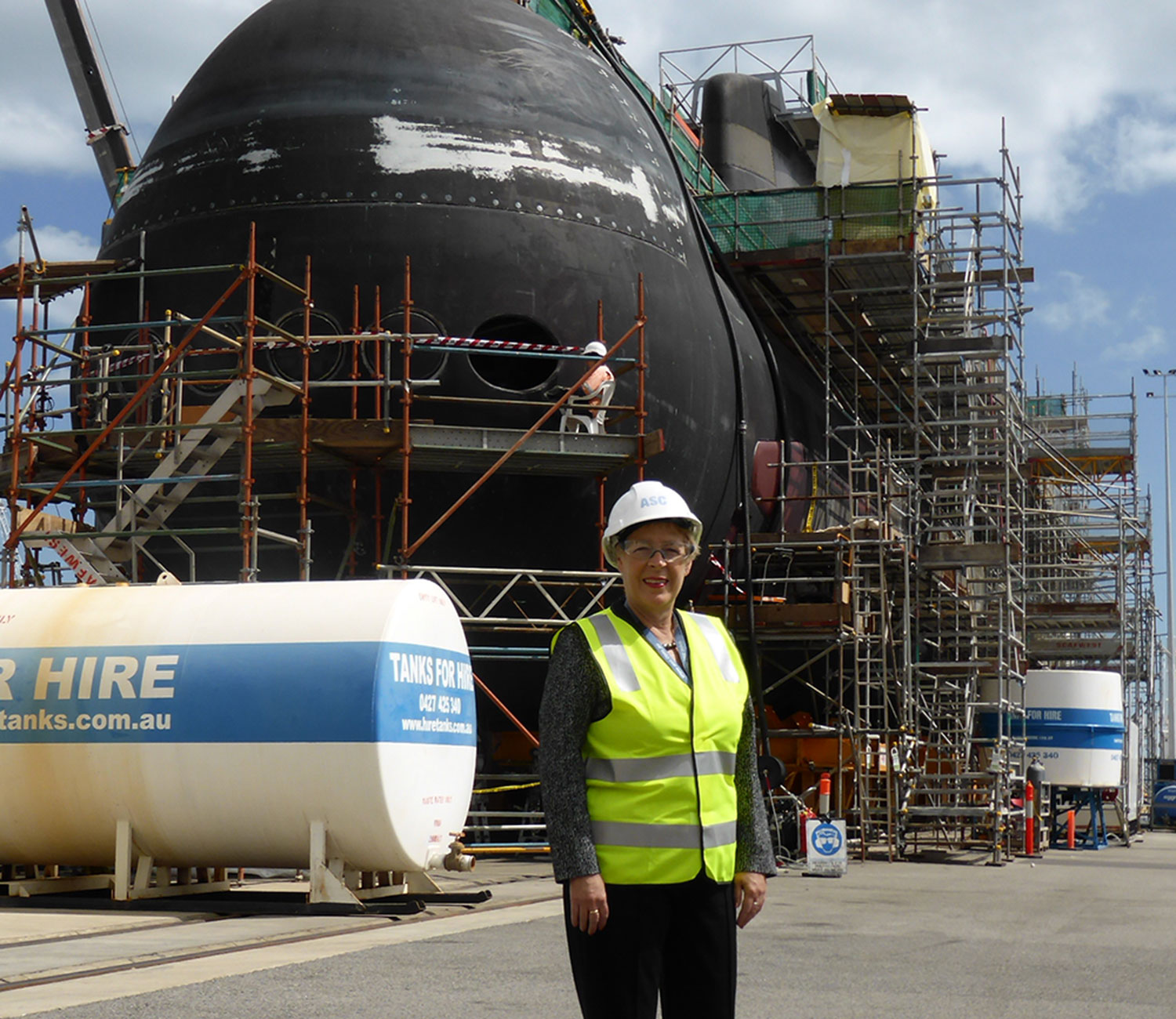For the past five years, 23 June has been a day for celebrating the accomplishments of women in engineering around the world, as well as a time to debate how the profession might continue to narrow its gender gap.
International Women in Engineering Day (INWED), first started by the Women’s Engineering Society in the United Kingdom as a national celebration, has grown into a global campaign to promote women in engineering.
This year’s theme is Transform the Future, which is both “inspirational and aspirational to encourage women to choose a career in engineering”, according to the INWED website.
Attract
Getting girls interested in engineering from a young age is crucial to accomplishing that goal, and a big part of this is showcasing the career opportunities afforded by an engineering education, said Kathy Hirschfeld, a chemical engineer and Chair of Powerlink Queensland.

She would love to see engineering as girls’ top choice for what they want to be when they grow up. But for that to happen, she said engineering’s profile and reputation needs to change.
Hirschfeld said she hopes INWED sparks more conversations among engineers about how they might get the message out about the good work engineers do on a daily basis.
“There are so many things in the world we wouldn’t have if it wasn’t for engineers. Part of the problem is a lot of engineers are not good at talking about their profession with the public and telling their own stories,” she said.
“We’ve got to get young people thinking about engineering and we have to get teachers talking up engineering as a career.”
Retain
Role models were important for setting Zhenya Pavlinova on the engineer’s path. The senior structural engineer at GHD grew up “surrounded by engineers”, she said. Having role models from an early age played an important part in her choosing her career, and it’s something she currently advocates for in her role as the Deputy Chair for Engineers Australia’s National Women in Engineering (WIE) committee.
In the nine years since joining WIE, Pavlinova said a big change has been that more companies take inclusion and diversity seriously.
“One of the biggest shifts I’ve seen is we are able to have more open conversations about it … It’s no longer just us talking about it, which is great to see,” she said.
Hirschfeld echoed this, saying she’s happy to see more companies have started recognising the role they play in attracting and retaining more women in engineering. This includes efforts to address unconscious bias in recruitment and management processes.
“We all have our differences, and I hope people really think about creating diverse workforces and creating organisations that embrace diversity and celebrate the diversity that everyone brings,” she said.
In addition to increasing workplace diversity, of particular interest to Pavlinova is increasing women’s representation in industry bodies.
“There’s still a number of boards, colleges and committees that don’t have any female participation, which is disappointing,” she said.
“Sometimes we get people coming to WIE meetings saying they want to attract females, they just don’t know where to find them — but they’re out there. Sometimes they just need a little bit of help or sometimes they need to take a different view.”
Support
Supporting women in engineering is something Hirschfeld endeavours to correct in her own work as a leader, and she wants to pass on the message to those who come after her.
To this end, Hirschfeld takes being a role model and spokesperson for women in engineering very seriously. Hirschfeld has received several nods for her services to engineering and leadership, including being named to the Australian Financial Review/Westpac Top 100 Women of Influence list and an Engineers Australia Honorary Fellow. Most recently, she received an AM in this year’s Queen’s Birthday honours.
“One of the things about the AM I was pleased to see is that it was awarded for services to engineering,” she said.
“It’s really good to have that recognition and to show people that being an engineer means you can make a difference, which I think is the really important thing — being able to make a difference.”
She also makes herself available as a mentor to the next generation of engineering leaders.
Hirschfeld and Pavlinova have spent a number of years as mentor and mentee after meeting through the Young Engineers Queensland mentoring program. Pavlinova said she deliberately sought out Hirschfeld as a mentor because she wanted to learn from a strong female leader and someone who, like her, has worked across a number of industries.
“She has had an amazing career, and one of the biggest benefits, other than having a visible role model, is having someone to talk to, listening to some of the challenges she has overcome, and then sharing my experiences and using her as a sounding board,” Pavlinova said.
Celebrate
Finally, recognition is a way to highlight companies and individuals who are working to close engineering’s gender gap, as well as create a larger pool of women to serve as engineering role models for future generations.
A highlight of Pavlinova’s year is reviewing the entries for Engineers Australia’s Gender Diversity Awards. Entries have grown year on year in both quality and quantity, she said, which is an encouraging sign that the engineering profession is getting more serious about gender diversity.
Another is the biennial call for Engineers Australia Fellows. She said she would love to see more women in engineering put their hand up for recognition.
“It’s such a great thing to be recognised, not only as a competent engineer but also as a leader in your field,” she said.
“We want to see more women recognised this way.”